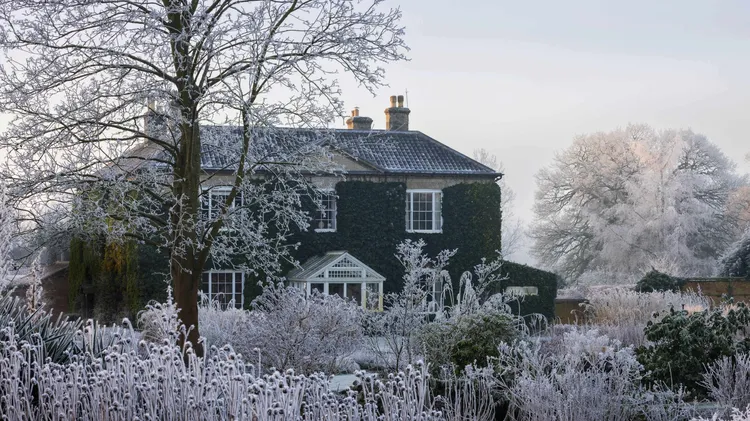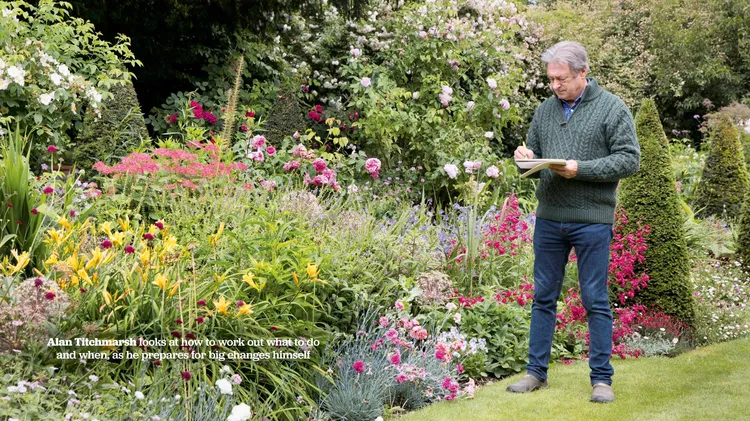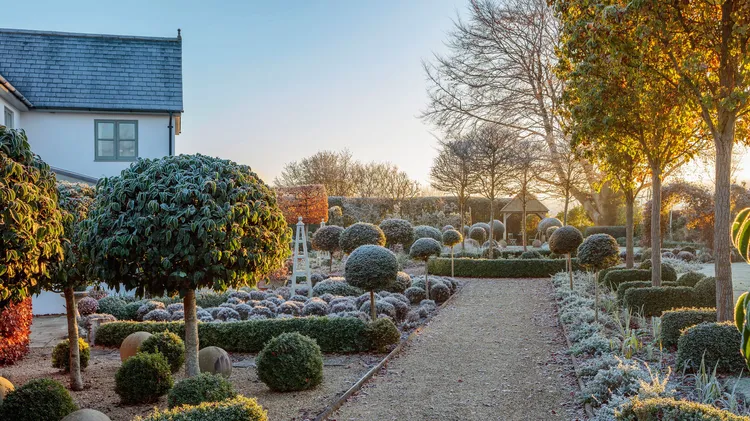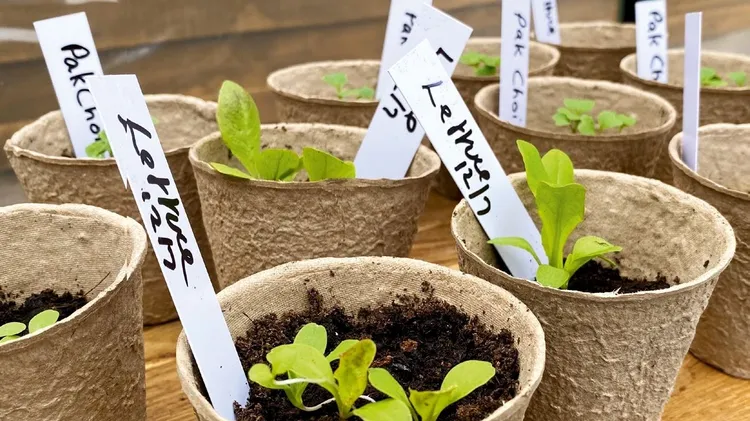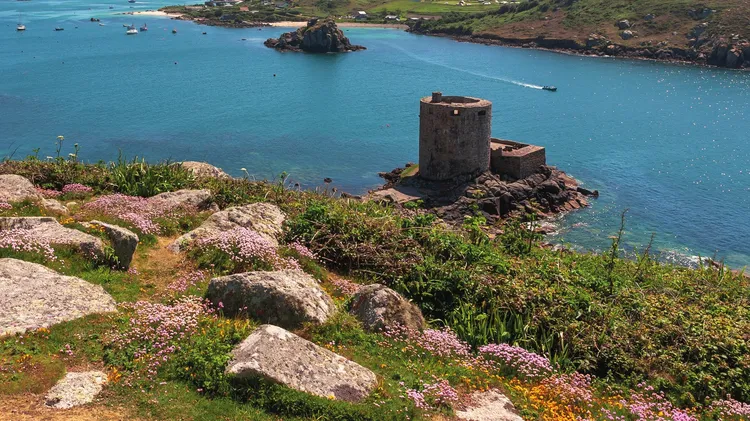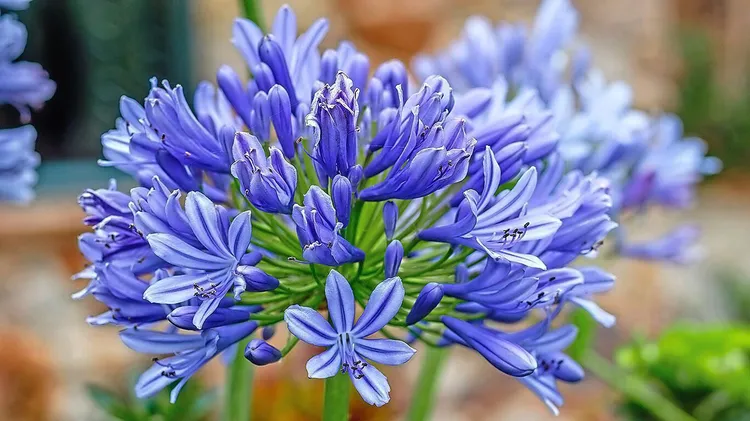A tree is a wonderful addition to any size or style of garden, but as our
Trees for the future
8 min read
This article is from...
Read this article and 8000+ more magazines and newspapers on Readly

